We love timber framing–that’s why we do what we do. What really makes a timber frame come together? It comes down to how the pieces are connected, what we call joinery. And there are a number of options when it comes to the type of joinery, including steel joinery, traditional joinery, and a combination of both steel and traditional.
All of our projects are engineered for site-specific loads regardless of the type of joinery utilized in your project. That is to say that aesthetics are a driving factor behind whether your timbers will be pegged or bolted together. One consideration, however, will be if your timber frame (because of loading, span, species, size of timbers, etc.) requires steel we will have to include the steel in the frame for engineering purposes. This is really only an issue when a client does not want to see steel on their frame; very often the steel can be concealed within the timbers themselves.
The steel used in your project is fabricated here in Vermont at a local steel shop. Our steel fabricator, like us, prides himself on his craftsmanship and precision. With his modern tools he can make just about any custom plate out of steel.
The steel used in your project can be finished with a coat of primer; galvanized; or the premier choice of powder coated steel. Stainless steel is also available, although it is very costly. The steel comes in various thicknesses, typically 1/4″ or 3/8″, but occasionally 1/2″ or thicker.
Do you like this style of joinery or have any questions? We encourage you to get in contact, ask an expert, or share your thoughts in the comment section below!

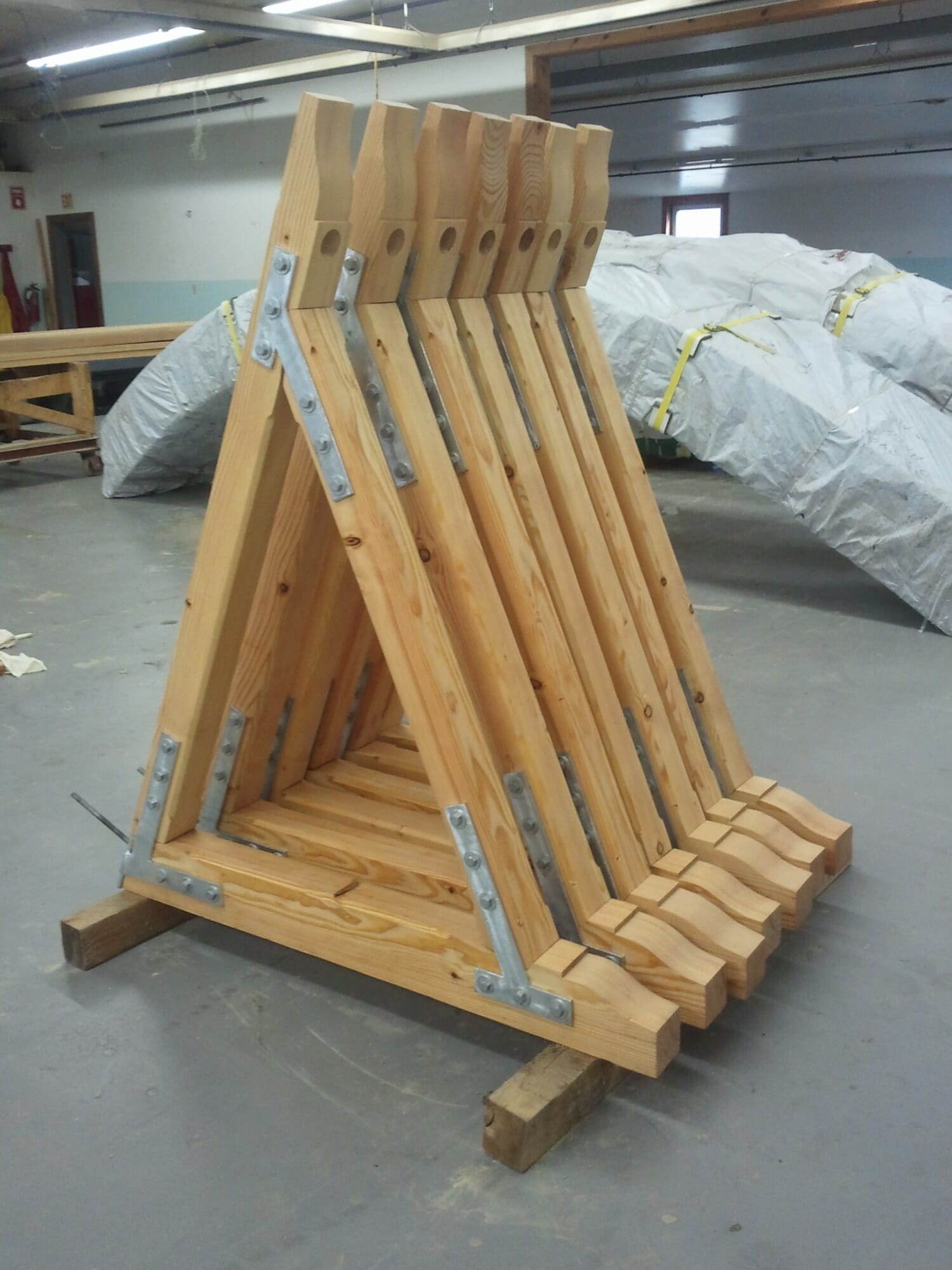
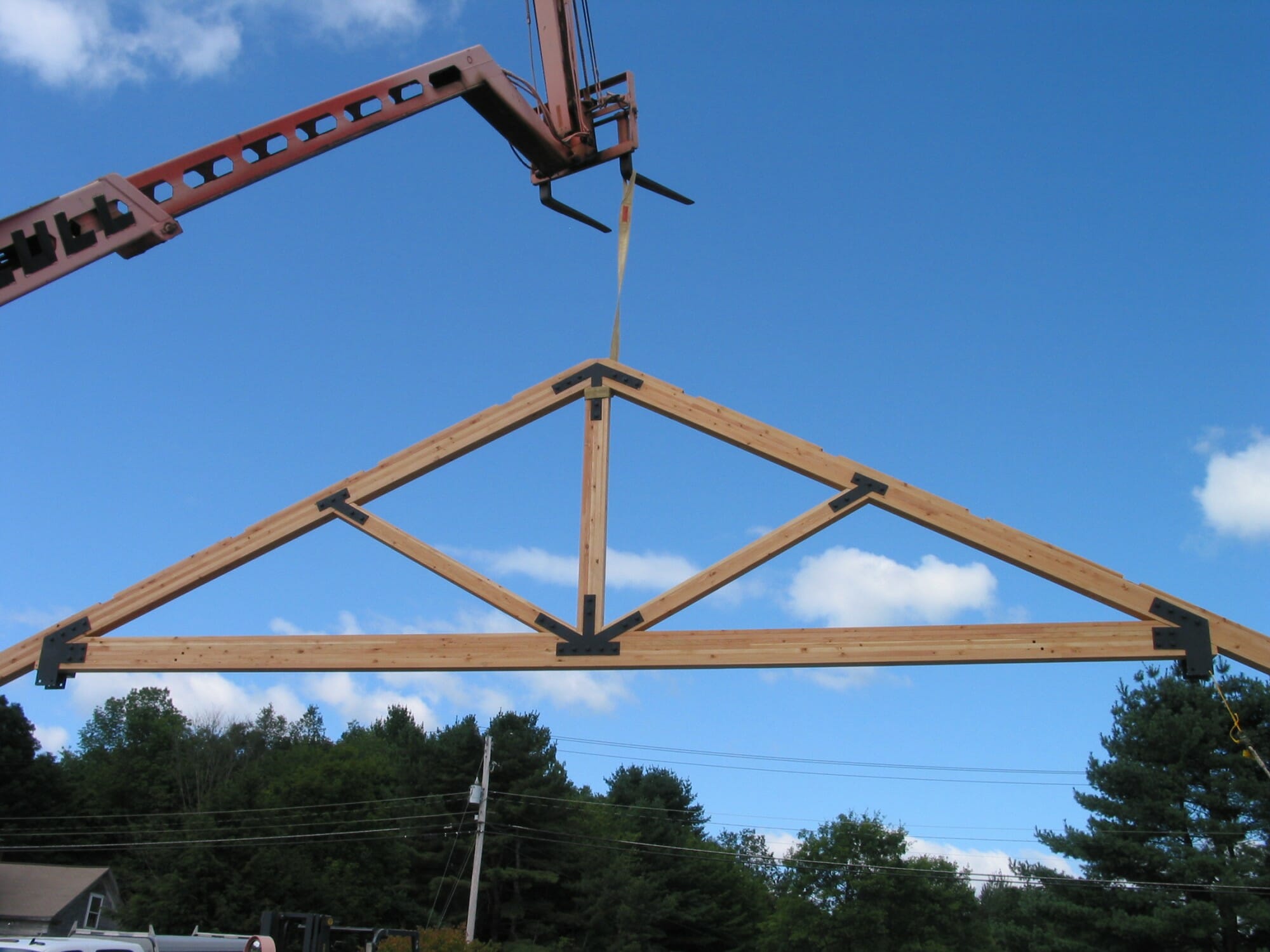
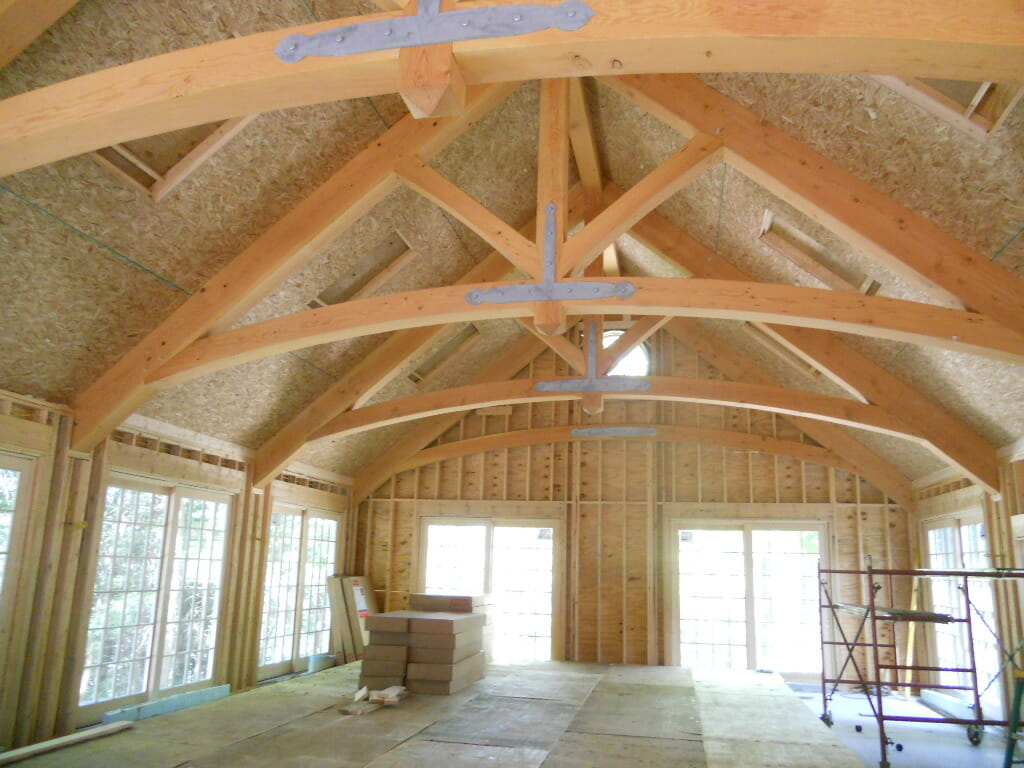
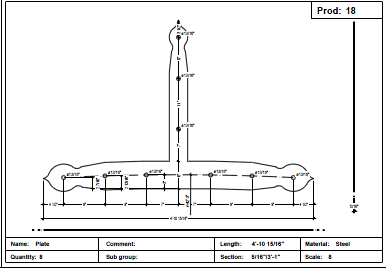
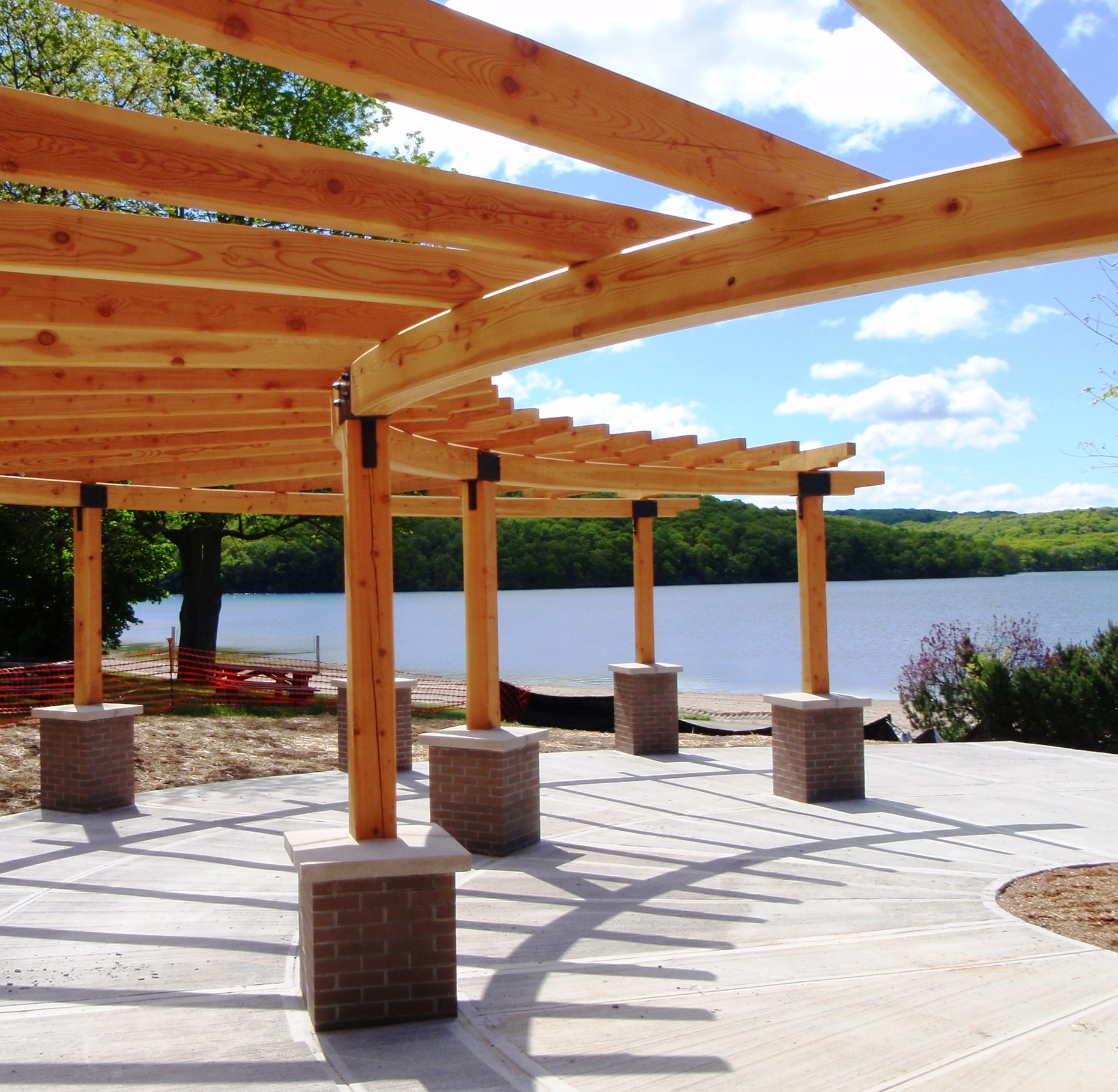
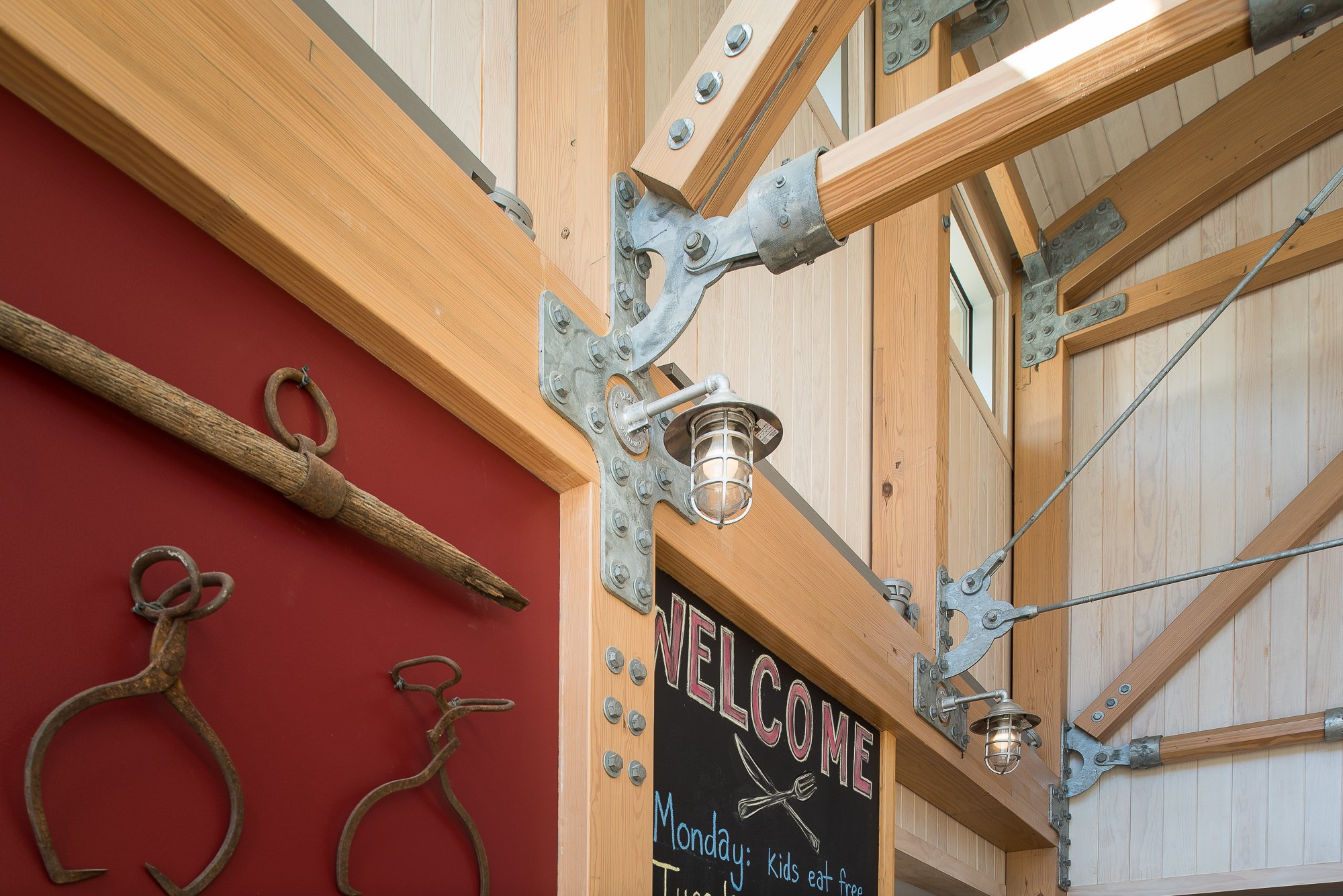

Wonderful post Mike! Typically, I would prefer traditional joinery, were it can work. If there needs to be steel, bring it on and make it a contrast in powder coated black.
Might be interesting to try copper over plating in an exterior application